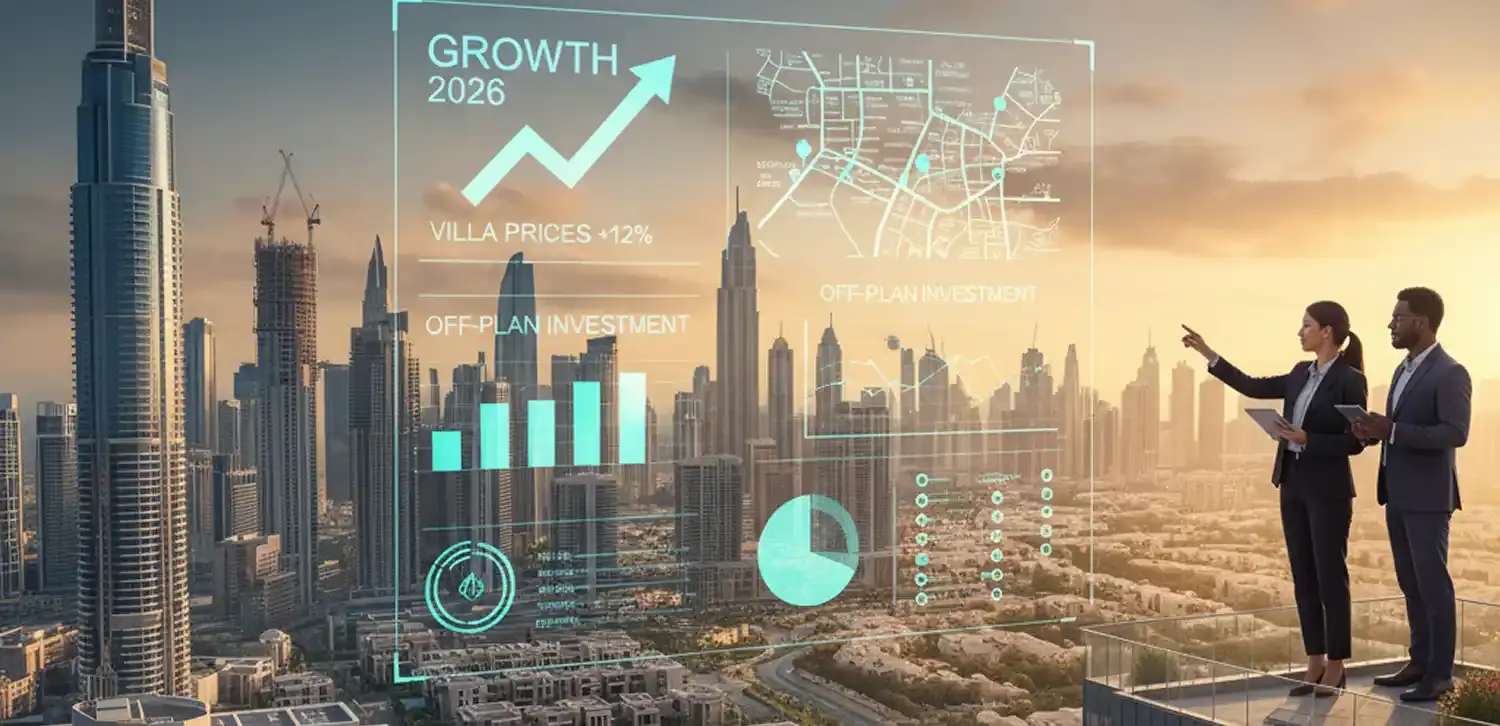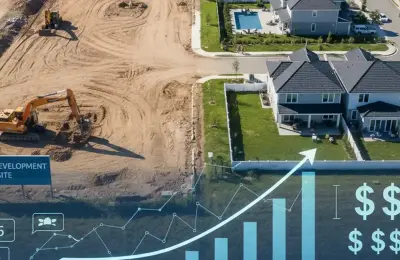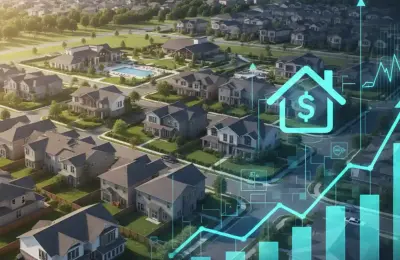
Dubai Real Estate Market Forecast for 2026: Key Growth Indicators and Investment Strategies

Introduction: A New Phase for the Dubai Real Estate Market
The Dubai real estate market is experiencing a phase of unprecedented growth, fueled by the influx of international capital, successful government initiatives (such as the Golden Visa), and the ambitious Dubai 2040 Urban Master Plan. However, given the expected significant increase in supply, 2026 promises to be a pivotal moment, demanding careful strategic planning from realtors, developers, and investors.
Homenly offers a detailed forecast and analysis of the key indicators that will shape the UAE real estate market in 2026.
1. Key Indicator: Significant Increase in Supply
The main factor determining the dynamics of 2026 is the expected record volume of completed residential properties.
- Mass Segment (Apartments): It is predicted that this segment will face the greatest pressure. The delivery of tens of thousands of new apartments could lead to the stabilization or even a moderate decrease in prices and rental rates in less liquid areas. This creates challenges for flipping (short-term resale) and requires investors to shift towards a stable rental strategy.
- Villas and Townhouses Segment (Premium Class): The supply in the villa segment is significantly more limited compared to apartments. Demand for spacious and luxury housing (especially in areas like Palm Jumeirah, Dubai Hills Estate) remains high. Therefore, the price growth for villas will continue, albeit at a more moderate pace than in previous years.
Homenly Tip: Realtors and investors should use Homenly's tools for micro-area analysis to clearly distinguish between apartment market saturation and the restricted villa supply.
2. Return on Investment (ROI): Shifting Strategic Priorities
2026 will require property owners to review their strategies:
- Rental Yield: Due to the increasing supply, the average rental yield may slightly decrease or stabilize. However, long-term rentals in central districts (Downtown, Business Bay) and short-term rentals (thanks to growing tourism) will remain attractive.
- Off-Plan Investments: While interest in off-plan projects persists, investors are becoming more selective. The key success factors will be the developer's reputation, uniqueness of the location, and flexible payment plans. The automatic price growth seen in 2023-2024 is no longer guaranteed.
3. Demand Factors: Drivers of Growth
Despite the increase in supply, the fundamental demand factors remain strong:
- Capital and Population Migration: Dubai continues to attract Ultra-High-Net-Worth Individuals (UHNWI) and highly skilled expatriates due to its zero tax on residential real estate and stable economic policy. This influx of people will maintain stable demand for prime properties.
- Government Support: The expansion of long-term residency programs and business support reinforces Dubai's status as a global hub, a fundamental factor for long-term market resilience.
- Infrastructure: Investments in new transportation lines and the development of Dubai South (due to the expansion of Al Maktoum Airport) are creating new growth poles, a key signal for developers.
4. Innovation Trends: Smart Real Estate
In 2026, consumers will increasingly value quality and technology:
- Sustainable & Smart Homes: Demand for eco-friendly and "smart" homes is growing. Developers who integrate energy-efficient solutions and automation systems will gain a competitive advantage.
- Co-Living and Short-Term Rentals: The rise of digital nomads and young professionals is stimulating the development of co-living spaces and investments in small, yet functional, apartments for short-term rentals.
Homenly Conclusion: The Strategy for 2026
The Dubai real estate market forecast for 2026 indicates a transition to a more mature and selective phase. Automatic capital appreciation in the mass segment will slow down, but opportunities for strategic investors and professional realtors who use analytics will only increase.
- For Investors: Focus on liquid assets, especially villas or off-plan projects with a unique concept and a verified developer. Shift from speculation to stable rental income.
- For Realtors: Strengthen expertise in niche areas and use Homenly for accurate Comparative Market Analysis (CMA) to offer clients well-justified pricing.
News insight
 Nov 18, 2025
Nov 18, 2025
Property Developer Earnings in the US Market: A Comprehensive Overview
Explore how US property developers earn money. Learn about profit margins (Residential vs. Commercia...
 Nov 18, 2025
Nov 18, 2025
What Is a Build-to-Rent (BTR) Development?
Discover what a Build-to-Rent (BTR) development is. Learn about this growing real estate model, its...
 Nov 17, 2025
Nov 17, 2025
Build-to-Rent: Transforming America's Housing Landscape
Explore how the Build-to-Rent (BTR) model is transforming the US housing market. Learn why instituti...
